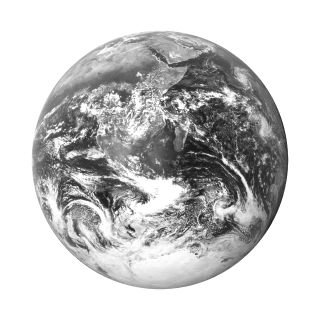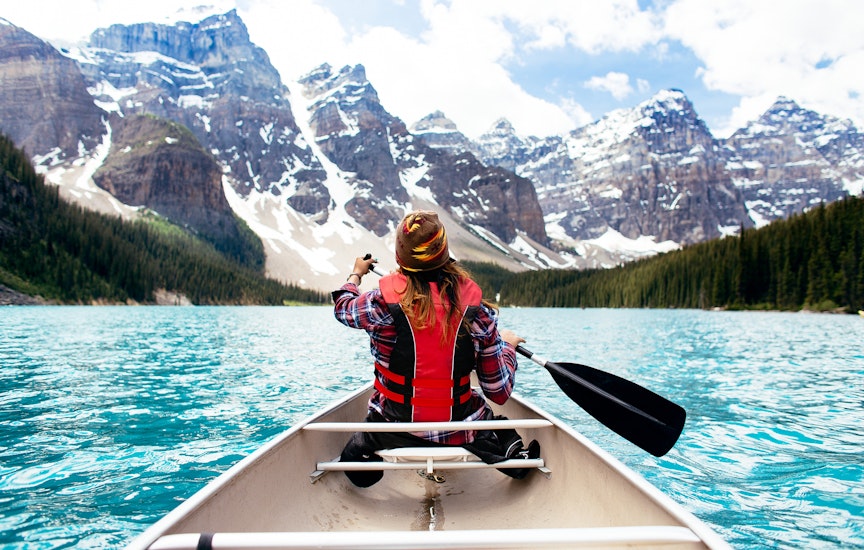

Overview
In a modern world of clamorous cities and ubiquitous social media, Jasper seems like the perfect antidote. Who needs a shrink when you’ve got Maligne Lake? What use is Facebook when you’re a two-day hike from the nearest road? And how can you possibly describe the Athabasca Glacier in a 140-character tweet?
Leave the planning to a local expert
Experience the real Jasper National Park. Let a local expert handle the planning for you.
Must-see attractions
Get a book. Get inspired. Get exploring.
in partnership with getyourguide











